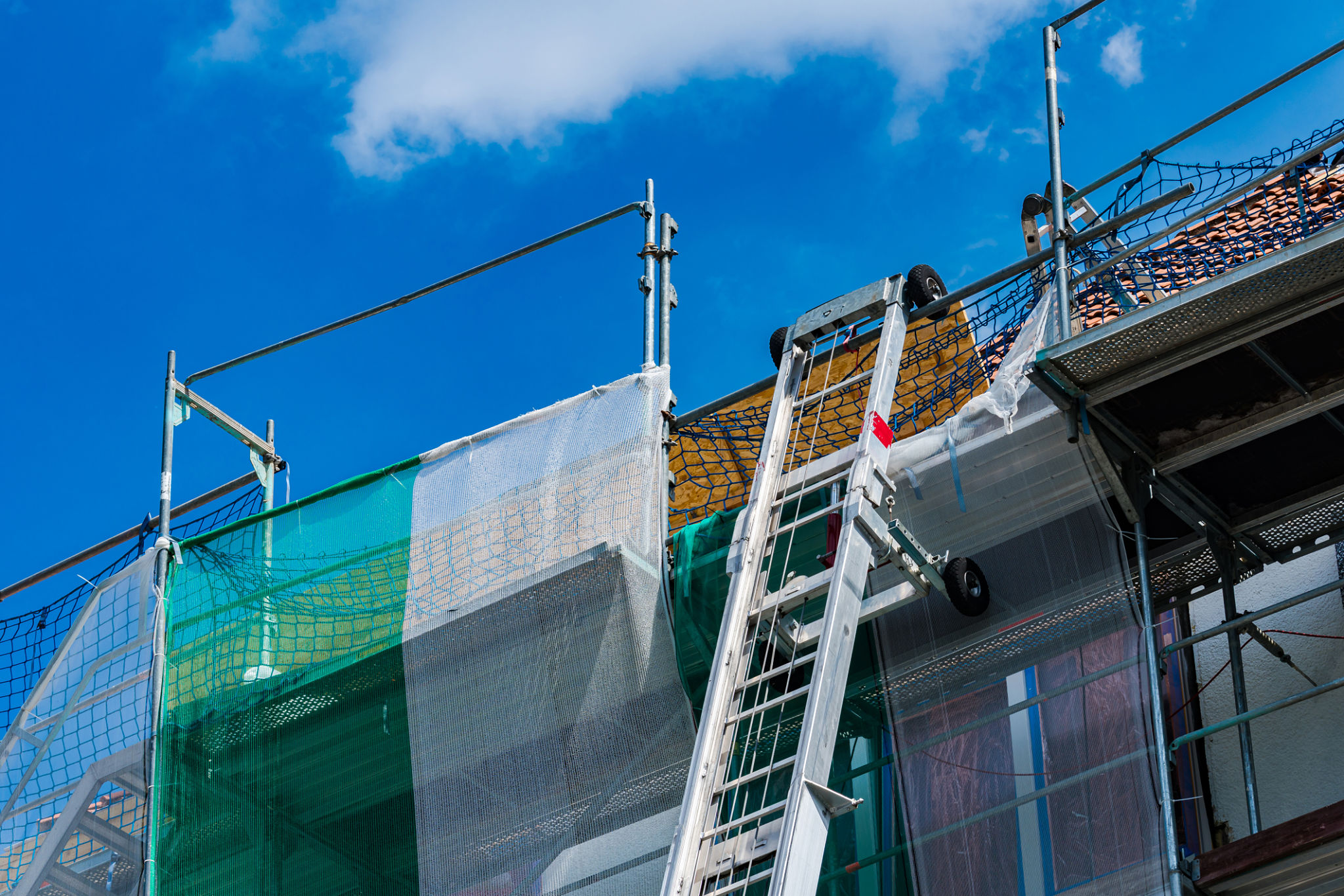Seasonal Scaffolding Maintenance Tips for South Australian Weather
Understanding South Australian Weather
South Australia is known for its diverse climate, which can range from scorching hot summers to cool, wet winters. This fluctuation in weather conditions means that proper scaffolding maintenance is essential to ensure safety and longevity. Regular maintenance checks are crucial, particularly when transitioning between seasons, to keep your scaffolding in optimal condition.
The intense heat during summer can cause materials to expand, while the cold and moisture of winter can lead to contraction and potential rusting. Understanding these weather patterns will help you strategize your maintenance routines effectively.

Inspecting Scaffolding Components
One of the first steps in seasonal scaffolding maintenance is conducting a thorough inspection of all components. This includes checking for any signs of wear and tear, rust, or damage that may have occurred during the previous season. Pay special attention to joints, bolts, and any moving parts, as these areas are more prone to damage.
Ensure that all scaffolding parts are properly aligned and secured. Loose or misaligned components can pose significant safety risks, especially under the stress of varying weather conditions. Performing regular inspections will help you identify potential issues before they become serious problems.
Tools for Effective Inspection
Utilizing the right tools is essential for an effective scaffolding inspection. Some important tools include:
- Torque wrench: Ensures all bolts are tightened to the correct specification.
- Rust remover: Helps in cleaning any rust spots that may have developed.
- Measuring tape: Useful for checking the alignment and spacing of scaffolding components.

Preparing for Seasonal Changes
To prepare for the seasonal changes in South Australia, it’s important to take proactive measures. During summer, ensure adequate shading to protect the scaffolding from excessive heat. This helps in preventing materials from expanding too much and causing structural issues.
In winter, waterproofing measures such as applying protective coatings can help prevent rust and corrosion caused by moisture. Additionally, keeping pathways clear of debris will ensure that water doesn't accumulate around the base of your scaffolding, which could lead to instability or damage.
Safety Measures and Training
Safety should always be a top priority in scaffolding maintenance. Conduct regular training sessions to ensure that all workers are familiar with the latest safety protocols. Highlight the importance of wearing appropriate personal protective equipment (PPE) such as helmets, gloves, and harnesses.
Regularly updating safety procedures in line with current weather conditions will further enhance worker safety. For instance, during windy periods, it's crucial to secure all loose materials and equipment to prevent accidents.

Documentation and Record Keeping
Maintaining detailed records of all maintenance activities is vital for effective scaffolding management. This documentation should include inspection dates, identified issues, repairs made, and any replacements undertaken. Keeping thorough records helps track the condition of your scaffolding over time and ensures compliance with safety regulations.
Review these records regularly to identify patterns or recurring issues. This proactive approach will aid in planning future maintenance and ensuring the scaffolding remains safe and operational throughout all seasons.
Conclusion
By following these seasonal scaffolding maintenance tips tailored for South Australian weather conditions, you can ensure the safety and durability of your structures year-round. Regular inspections, appropriate safety measures, and meticulous record-keeping will contribute to a safer work environment and prolong the life of your scaffolding investments.
